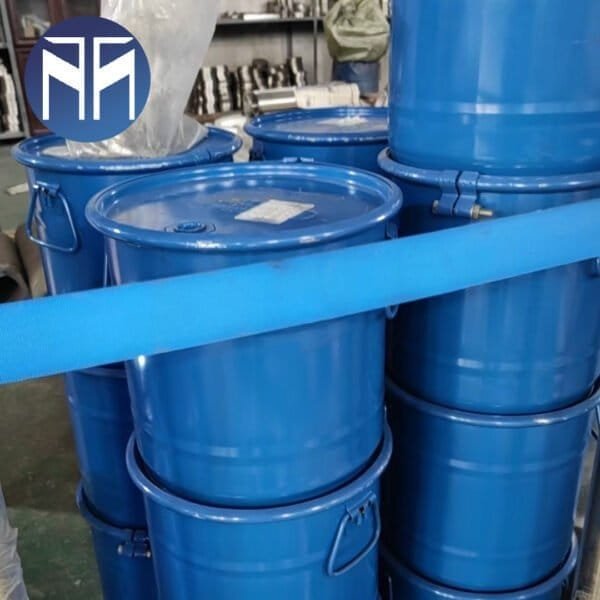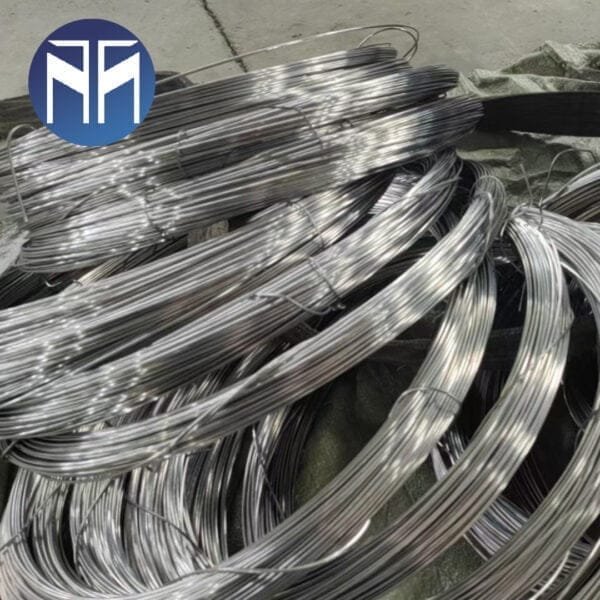Menu
MetalsTek Engineering is a leading supplier of Hafnium products. We offer competitive pricing and great lead times on all our materials, and we can supply custom materials per any specs/drawings you provide us with.
Hafnium (Hf), a transition metal with a lustrous silver-grey appearance and notable ductility, is commonly present in most zirconium minerals. The close chemical resemblance between hafnium and zirconium makes their separation challenging.
Hafnium is used in filaments and electrodes. Some semiconductor fabrication processes use its oxide for integrated circuits at 45 nanometers and smaller feature lengths. Some superalloys used for special applications contain hafnium in combination with niobium, titanium, or tungsten.
Most of the hafnium produced is used in the manufacture of control rods for nuclear reactors. Hafnium’s large neutron capture cross section makes it a good material for neutron absorption in control rods in nuclear power plants, but at the same time requires that it be removed from the neutron-transparent corrosion-resistant zirconium alloys used in nuclear reactors.
Hafnium Metal
Shapes: foil, wire, and customized
Hafnium Crystal Bar
High-purity hafnium crystal bar







| Phase At STP | Solid | Electrical Resistivity | 331 nΩ⋅m (20°C) |
| Melting Point | 2,506 K (2,233°C, 4,051°F) | Magnetic Ordering | Paramagnetic |
| Tensile Strength | 485Mpa/70,300psi | Young'S Modulus | 78 GPa |
| Density (Near R.T.) | 13.31 g/cm3 | Shear Modulus | 30 GPa |
| Appearance | Shiny Silvery Metallic | Bulk Modulus | 110 GPa |
| Heat Of Fusion | 27.2 kJ/mol | Poisson Ratio | 0.37 |
| Heat Of Vaporization | 648 kJ/mol | Mohs Hardness | 5.5 |
| Molar Heat Capacity | 25.73 J/(mol·K) | Vickers Hardness | 1,520–2,060 MPa |
| Thermal Expansion | 5.9 µm/(m⋅K) (at 25°C) | Brinell Hardness | 1,450–2,100 MPa |
| Thermal Conductivity | 23.0 W/(m⋅K) | Cas Number | 7440-58-6 |

Hafnium, prized for its unique properties, is utilized in various industries for diverse applications:
Hafnium’s distinct properties, particularly its neutron-capture capabilities in nuclear reactions, contribute significantly to its specialized applications in aerospace, electronics, medical fields, and industrial processes, playing a pivotal role in technological advancements across various sectors.
Zirconium and hafnium, closely related elements sharing several chemical properties, are commonly found together due to their similar atomic structures and properties:
Despite their close association and similarities, zirconium and hafnium serve distinct purposes in various industrial applications, particularly in the nuclear, aerospace, and chemical processing sectors, owing to their unique properties and characteristics.
For more about Zirconium, please click Zirconium Products.